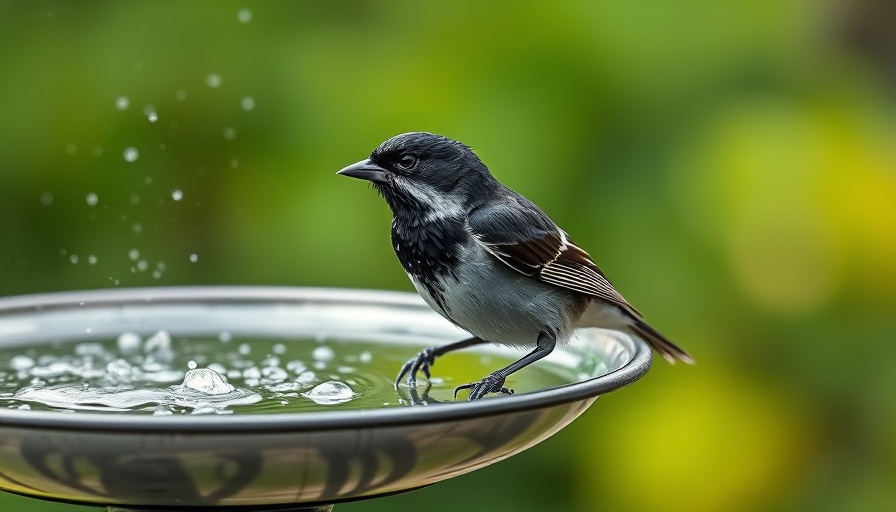
Understanding the Public Health Crisis in Benzie-Leelanau
The Benzie-Leelanau District Health Department (BLDHD) faces a turbulent environment as it grapples with declining vaccination rates amid a surge in preventable diseases like measles and increased concerns about seasonal flu and bird flu. Dan Thorell, the newly appointed health officer, has just completed his first four months in the position, and his perspective on these pressing challenges reveals a landscape fraught with urgency.
Why Measles Vaccination Rates Matter
Leelanau County ranks second to last in Michigan for measles vaccination rates, with only 73% of children aged 19 to 35 months receiving the measles, mumps, and rubella (MMR) vaccine. This statistic becomes alarming especially in light of recent measles outbreaks in Texas. Nationally, the MMR uptake rate is around 93%, highlighting a significant gap that Thorell is eager to address. His focus lies on public education about vaccines, as measles remains one of the most contagious diseases known; unvaccinated individuals are at serious risk.
The Pressures of Public Health Politics
The politicization of public health has become a barrier for many health officials, including Thorell. Recent changes in federal health policies — particularly those influenced by the Trump Administration — have caused ripples in how public health data is collected and communicated. With vital CDC meetings on immunization standards canceled and concerns of reduced disease surveillance, Thorell fears Michigan may fall victim to outbreaks that were once controlled.
Flu Season Severity: What You Need to Know
According to estimates from the CDC, this flu season has resulted in about 33 million cases across the U.S., with notable deaths and hospitalizations. While local flu numbers in Benzie-Leelanau are manageable compared to national statistics, the situation remains critical, especially with reports of pediatric deaths in Michigan. Thorell emphasizes the importance of seasonal flu vaccines and social responsibility during outbreaks — a priority for a community already vulnerable from low vaccination rates.
The Emerging Threat of Bird Flu
Bird flu has emerged as a key concern in Michigan, particularly for regions like Leelanau County that have strong agricultural connections. Thorell reports a notable absence of significant poultry farming in the area, which has so far shielded them from major outbreaks. Nonetheless, vigilance is necessary. With confirmed cases detected in backyard poultry flocks throughout the state, Thorell advises residents keeping chickens to implement biosecurity measures to avoid cross-contamination with wild birds.
Path Forward: Community Engagement and Action
Thorell is particularly focused on fostering community relationships to enhance public health outcomes. By prioritizing educational initiatives surrounding vaccination and nutrition, he hopes to turn the tide against these troubling health statistics. The effort is not merely about numbers; it’s about ensuring the health and safety of the community. Successful vaccination campaigns led by local health departments could reinstate the safety net that prevents outbreaks.
As Thorell continues to navigate his new role, the implications of his decisions will not only impact local health policies but potentially affect the broader narrative on public health in the post-pandemic era. The call for vaccination is more than a health message; it’s a rallying cry for community well-being.
 Add Row
Add Row  Add
Add 




Write A Comment